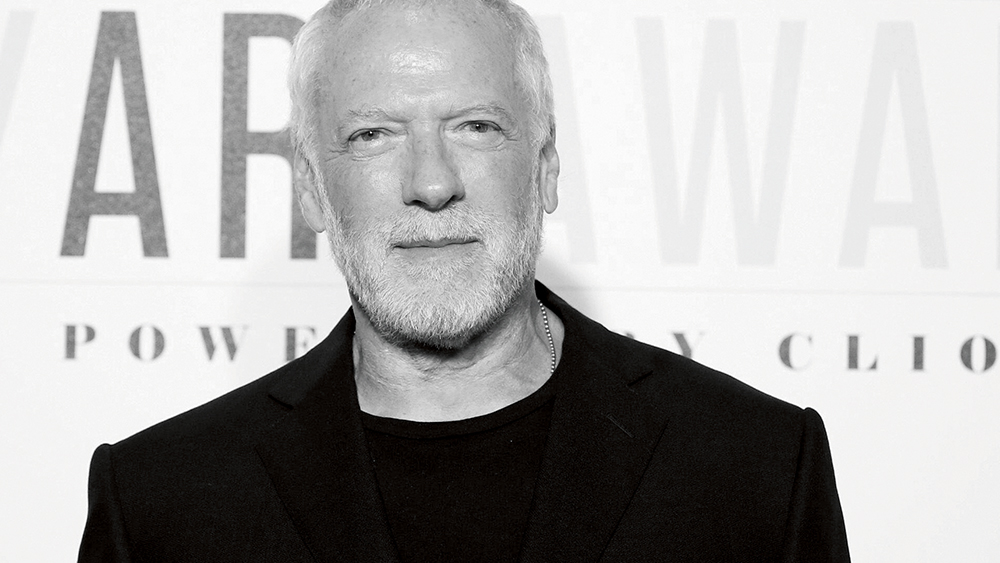How to break into children's book illustration
Dive into the burgeoning world of children’s book illustration to find out what it takes to make it as an artist.
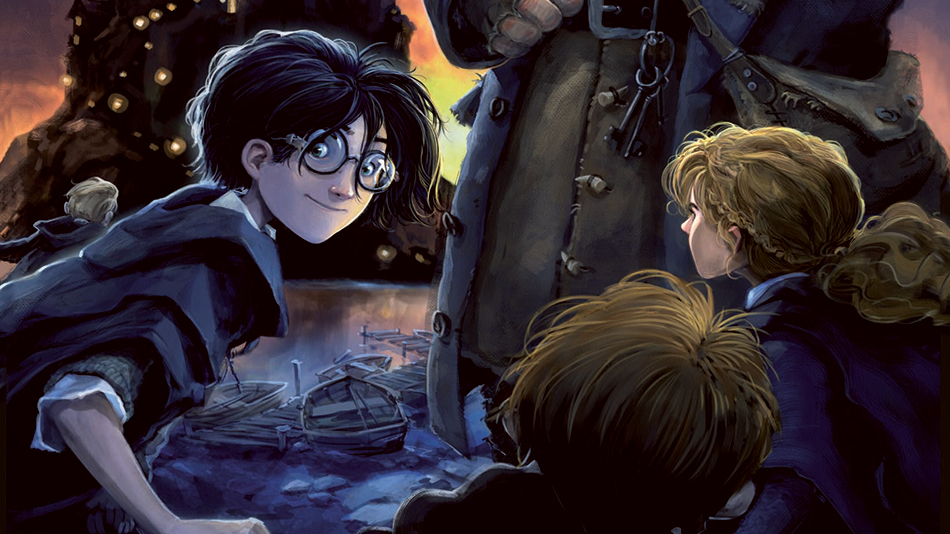
Magical lands, swashbuckling adventures, tall tales conjured with wonderful breaches of logic… The lure of children’s book illustration is clear. Who wouldn’t want to spend their days crafting stories of courage, loyalty and bravery?
Children’s book publishing is booming. In the UK, the market grew more than 7 per cent in the first quarter of 2016, according to Nielsen Books, following a 5.1 per cent growth in 2015. Unsurprisingly, it’s competitive, and for many artists a tough field to crack.
Even Dr. Seuss creator Theodor Seuss Geisel was rejected by over 30 publishers before releasing his first book. So what does it take to make it in the wild world of children’s book illustration?
01. Mine your imagination

For author and illustrator Jonny Duddle, the first key attribute is an active imagination. “Whether you’re writing and illustrating your own books or illustrating another author’s text, you need to create original, inspired artwork to capture a child’s imagination,” he explains. “You need to be passionate about your vision, and make sure you have the style and technique to pull it off.”
02. Build up your stamina
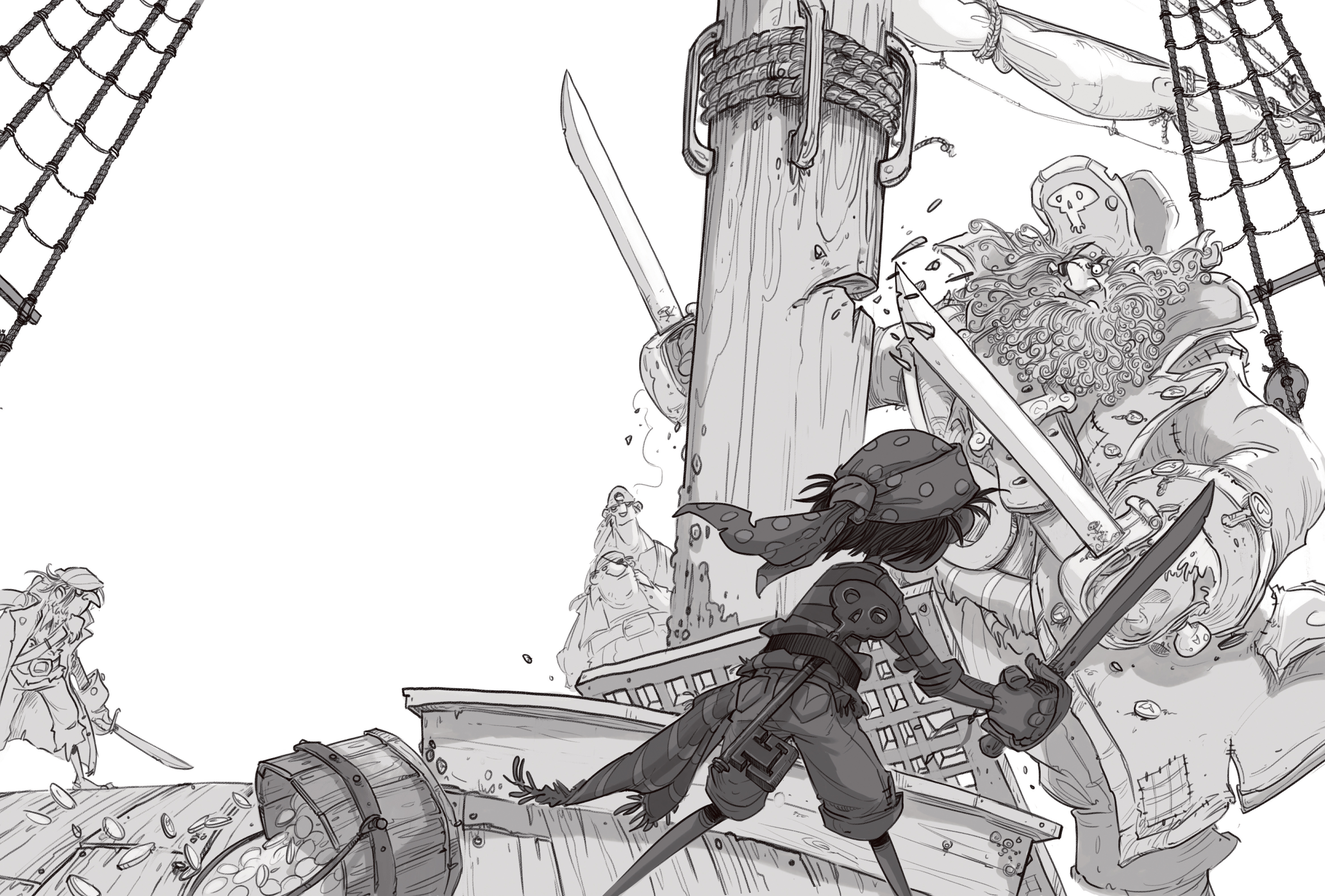
Fresh from creating the covers of two new JK Rowling books, The Tales of Beedle the Bard and Quidditch Through the Ages, Duddle – who in 2014 also illustrated the jackets of Bloomberg’s refreshed Harry Potter series – has a unique insight into the highs and lows of the field.
“Stamina is just as important,” he adds. “Finishing the artwork for a picture book always takes longer than you think. Sustaining your vision, passion and imagination over several months is probably the greatest challenge an artist can face.”
03. Don't expect it to be simple

Danish illustrator Kiri Østergaard Leonard agrees. “Many people go into children’s illustration thinking it’s really easy to do, but it isn’t. Not only is it a difficult and competitive market to break into, it’s also a difficult language to learn – especially because it isn’t always about drawing well. It’s more about relying on story, emotion and strong colours than making something pretty.”
Daily design news, reviews, how-tos and more, as picked by the editors.
From both a technical and practical perspective, learning how to draw children’s book illustrations can be deceptively challenging. There’s a dizzying variety of genres on offer – from folklore to fairy tales; for babies to young adults – and often the simpler a style, the harder it is to create.
Don’t be fooled into thinking fewer words means an easier job, either. “Some picture books have characters and items evolving from page to page that are never mentioned in the text,” points out English illustrator Nick Harris. “You might show the moment just before or just after the scene described in the text, which can have an implication or pathos that adds weight to the words.”
04. Embrace your inner child

There can be more restrictions involved when creating imagery for children, too. “There’s a level of censorship that isn’t present in artwork for adults,” says Leonard. “What’s great, though, is how vivid children’s imaginations are. They won’t ask why the dog is green – because of course the dog is green.”
“If you still love to draw the kinds of things that excited you as a child or teenager, then you’re halfway there,” adds Harris. “I still laugh at fart jokes and pratfalls. Just never condescend. Children are inexperienced, not stupid.”
05. Marry up subject and style
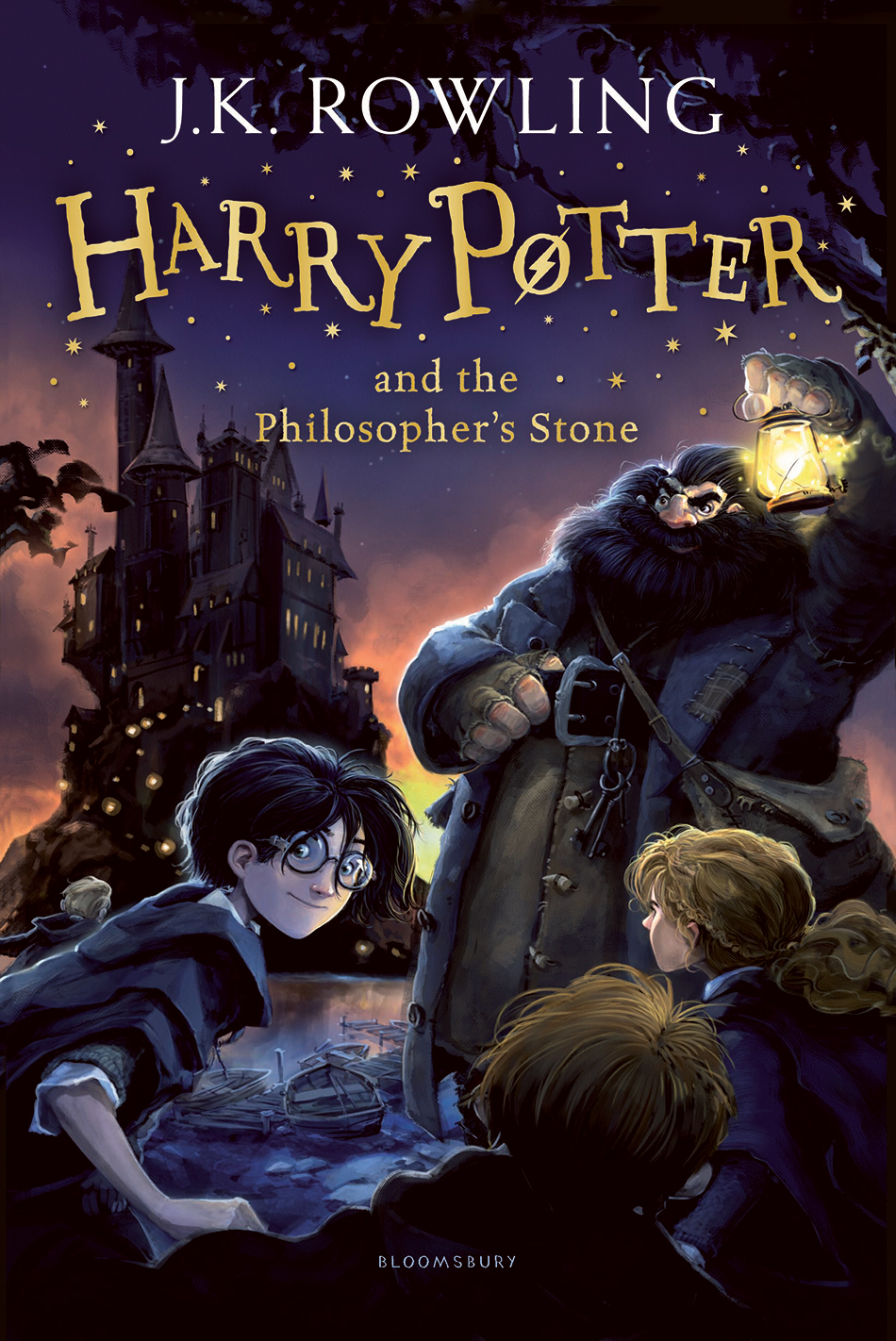
Like many children’s book illustrators, Harris works collaboratively with authors and publishers to bring existing stories to life, rather than illustrating his own. For him, creating imagery that perfectly captures and adds to the narrative is one of the most exciting parts of the job. “How you interpret the mood – using eye-line, lighting and body language for characters – affords a ton of ways you can present a scene in your own particular style,” he explains.
Other artists, however, prefer to illustrate their own books. As Leonard admits, trying to bring someone else’s vision to life can be a struggle. “Although then you have to worry about writing, which is a whole different challenge.”
For Duddle, the key is to develop story and visuals at the same time. “I don’t write the story first, or plot out all of the pictures,” he says. “Sometimes a book begins with a casual doodle in my sketchbook, or a rhyming couplet that I think is funny. But each book develops over months or years as a back-and-forth between words and pictures.”
06. Make an emotional connection

So what do you need to make it from a professional standpoint? According to Helen Wicks – creative director at Kings Road Publishing, part of Bonnier Publishing – no prior experience is necessary. She frequently hires graduates fresh from college, looking for technical accomplishment, a distinct style and unique perspective.
“Just as important is the ability to tell and sustain a story visually, and to communicate emotionally with the reader,” she explains. “Our illustrators create pictures with a purpose: to tell a story, convey emotions or illuminate facts.”
She’s happy to work with illustrators who write, or to match writers with partners. “If the talent is there, we’ll find a way to make it work,” she says, adding that if you’re interested in getting into children’s publishing, don’t be afraid to market yourself. “Some pitch fully formed concepts; others send in simple portfolios of illustration that manage to catch our eye. Talk to as many other illustrators and publishers as possible,” she advises.
08. Be on time

Whatever you do, don’t be unreliable. The cardinal sin of children’s book illustration is over-promising and not delivering on time. “We can cope with almost everything else,” Helen warns, “but the ramifications of lateness are profound and very stressful for all.”
Like any career, says Harris, children’s book illustration can be tough. But when the perfect image brings life to the text, it’s incredibly rewarding. “Aim for the magic,” he says. “It’s there. When the right words find the right illustrator, it really ignites.”
This article was originally published in ImagineFX magazine issue 143. Buy it here.
Related articles:
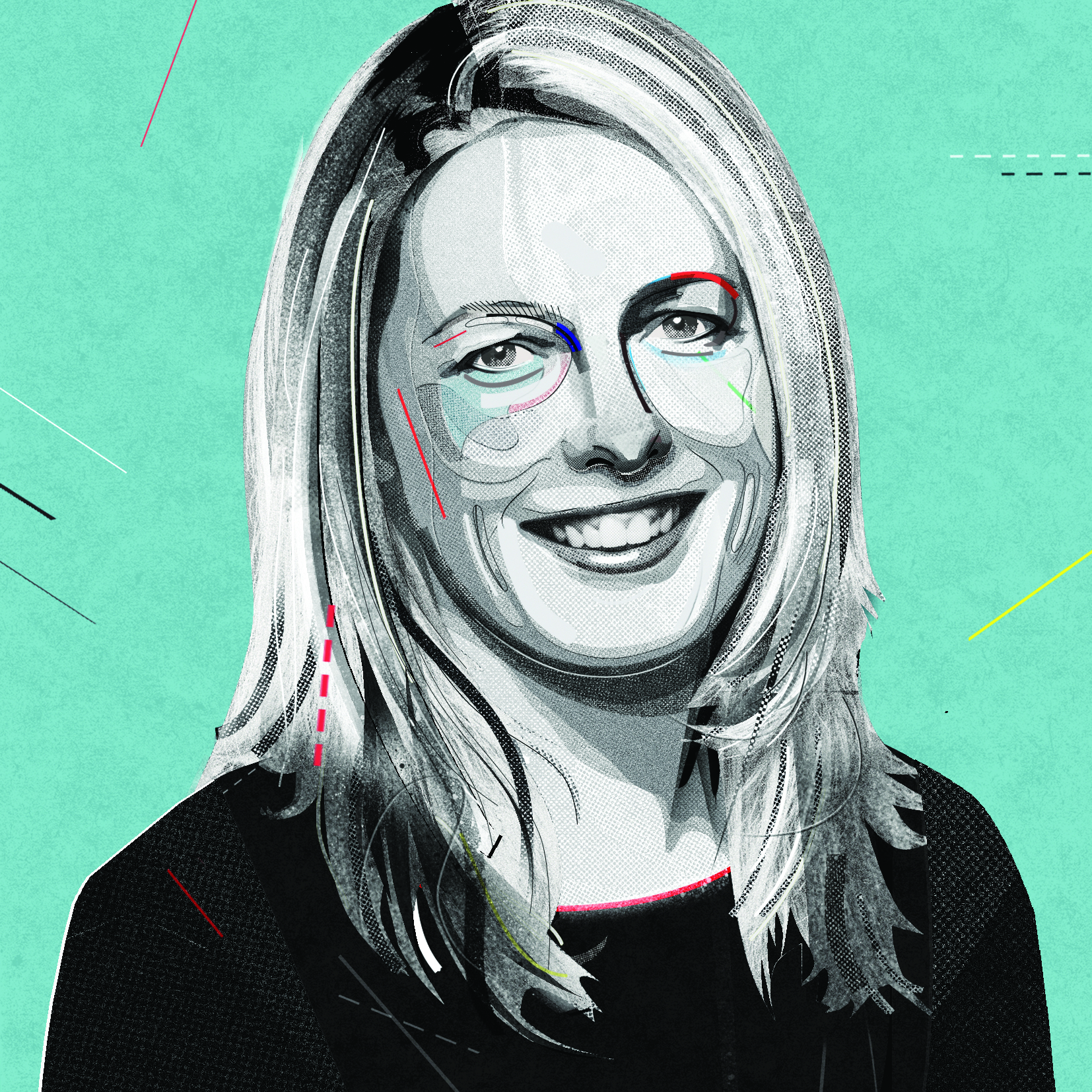
Julia is editor-in-chief, retail at Future Ltd, where she works in e-commerce across a number of consumer lifestyle brands. A former editor of design website Creative Bloq, she’s also worked on a variety of print titles, and was part of the team that launched consumer tech website TechRadar. She's been writing about art, design and technology for over 15 years.
